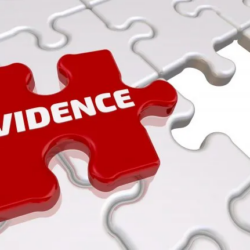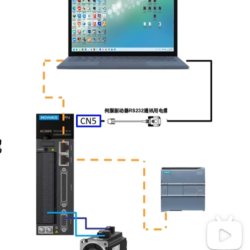In patent infringement cases, due to the lack of relevant knowledge, the patentee often faces difficulties in patent infringement forensics. Zhejiang Intellectual Property Protection Center has sorted out the detailed list of the Guidelines for Patent Infringement Forensics.
Catalogue of the Guideline is as below. We will introduce each parts in seperate articles.
I. Forensic Subject
II. Forensic Content
(A) evidence of the
implementation of the patent
1.
Manufacturing2.
Use3.
Sales4.
Promised sale5.
Import6.
Extended Protection of Product Manufacturing
Method Patents
(B)
Evidence related to the allegedly infringing product or method
1.
Alleged infringement of invention/utility
model patents by the allegedly infringing products2.
Alleged infringing products allegedly
infringing design patents3. Evidence of proceeds gained by the alleged infringer as a result of the infringement
4. Acts of counterfeiting the patent
III. Forensic methods
(A) Computer forensics
1.
Static webpage forensics2.
Computer video forensics3.
E-mail forensics
(B) Mobile forensics
1.
Call recording forensics2.
Field recording forensics3.
Photo forensics4.
Cell phone video forensics5.
Cell phone recording forensics6.
Cell phone text message forensics7.
WeChat forensics
(C) Other electronic
devices forensic methods
The evidence of the implementation of the patent
Forensic content includes all kinds of evidence that may be suspected of patent infringement, mainly in the following four categories. The first is evidence of the implementation of the patent.
According to Article 11 of the Patent Law of the People’s Republic of China,
- After the patent right of invention and utility model is granted, no unit or individual shall implement the patent without the permission of the patentee, i.e., shall not manufacture, use, promise to sell, sell or import the patented product for the purpose of production and operation, or use the patented method and use, promise to sell, sell or import the product obtained directly according to the patented method.
- After a design patent is granted, no unit or individual shall implement the patent without the permission of the patentee, i.e., shall not manufacture, promise to sell, sell or import the patented design product for the purpose of production and operation.
- The patentee and the relevant institutions entrusted by the patentee may take evidence if they find evidence that any unit or individual has carried out the above acts.
1. Manufacturing.
The object of the act of manufacture shall be the patented product, including the act of chemical reaction of raw materials and physical assembly of parts to form the patented product protected by the claim.
For manufacturing behavior, the witness may take photographs, video recordings, screen shots, video recordings and other means of evidence.
2. Use.
The mere use of a product that infringes a design patent is not an act of patent infringement.
For use, the witness may take photographs, video recordings, screenshots, video recordings, etc.
3. Sales.
For sales, the witness can purchase infringing products, retain the purchase and sale contract, purchase invoices or receipts and other means of evidence, but also by taking photos, video, screenshots, video recording and other ways to fix the transaction process.
4. Promised sale.
The key to promised sale lies in the intention of the accused infringer to provide infringing products. For promised sales, the forensic party may retain product brochures, business cards of the person selling the infringing product, and take pictures, videos, screenshots, video recordings, audio recordings, etc. of the promissory sales.
5. Import.
Regardless of the country from which the allegedly infringing product is imported, whether the product enjoys patent protection in the country of manufacture or export, whether the product is a patented product or a product obtained directly according to the patented method, and the subjective state of the importer, as long as the product crosses the border into the customs, it belongs to the act of importing infringing products.
6. Extended Protection of Product Manufacturing Method Patents.


